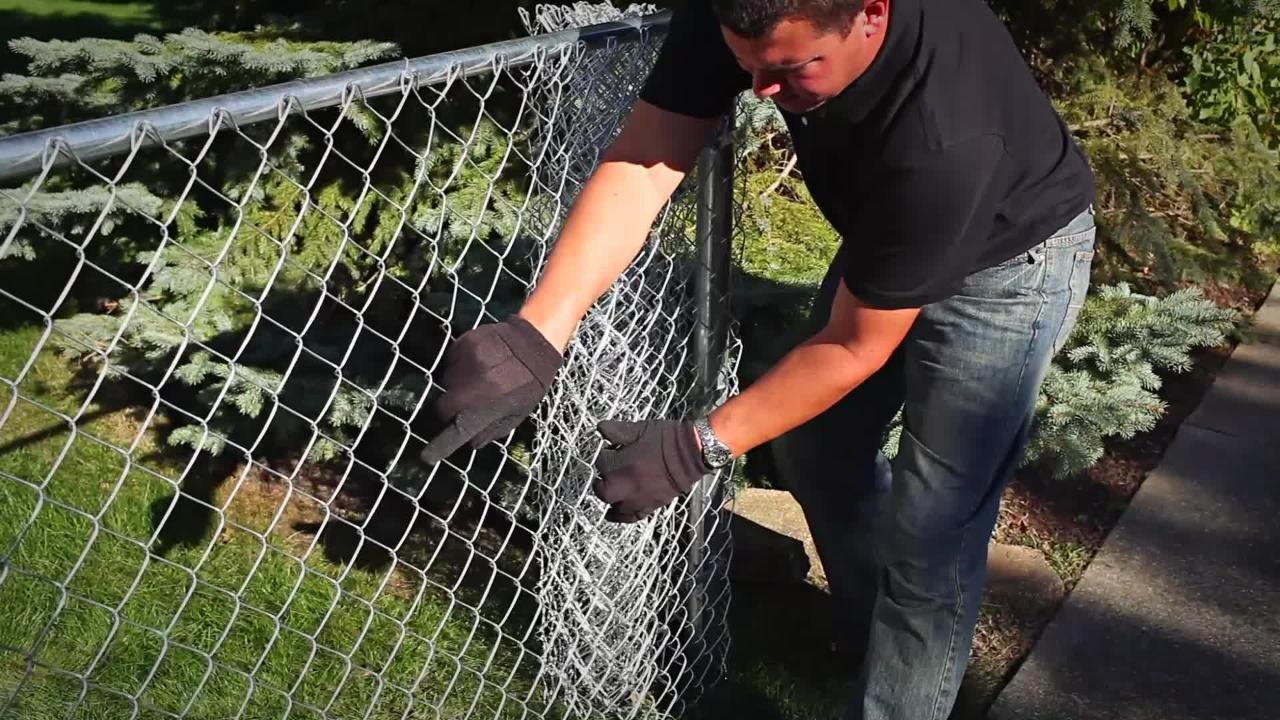

Articles
How To Stretch A Chain Link Fence
Modified: January 5, 2024
Learn how to stretch a chain link fence with our informative articles. Find helpful tips and step-by-step instructions to ensure a successful fence installation.
(Many of the links in this article redirect to a specific reviewed product. Your purchase of these products through affiliate links helps to generate commission for Storables.com, at no extra cost. Learn more)
Introduction
Are you looking to enhance the security and privacy of your property? A chain link fence is a cost-effective and durable option that can meet your needs. However, over time, chain link fences tend to sag and lose their tension, compromising their effectiveness. That’s where stretching a chain link fence comes into play.
In this article, we will guide you through the process of stretching a chain link fence, step-by-step. Whether you are a DIY enthusiast or a homeowner seeking to improve your property, understanding how to stretch a chain link fence can save you time and money.
But before diving into the stretching process, let’s take a moment to understand the basics of chain link fences and the reasons why it’s essential to keep them properly tensioned.
Chain link fences consist of interconnected metal wires formed into a diamond pattern. They are commonly used for residential, commercial, and industrial purposes due to their affordability and versatility. However, without proper maintenance, these fences can become weak and lose their structural integrity.
The primary reason for stretching a chain link fence is to restore its tension and keep it secure. Over time, environmental factors such as weather conditions and regular wear and tear can cause the fence fabric to become loose and sag. This sagging can compromise the fence’s effectiveness, allowing unauthorized entry and reducing its overall aesthetic appeal.
By stretching a chain link fence, you can restore its tension, ensuring its strength and stability. This process involves tightening the fence fabric and adjusting the tension bands, allowing the fence to maintain its shape and keep unwanted visitors out.
Now that you understand the importance of stretching a chain link fence, let’s take a look at the tools and materials you will need to complete this project.
Key Takeaways:
- Stretching a chain link fence is crucial for security, boundary definition, aesthetics, longevity, and compliance. It’s a cost-effective way to maintain and enhance your property’s overall appeal and functionality.
- When stretching a chain link fence, ensure proper tension, work in small sections, inspect and replace damaged parts, and be cautious with vegetation. Seek professional help for large or complex fences to ensure a successful and durable outcome.
Read more: How Expensive Is Chain Link Fence
Understanding Chain Link Fences
Chain link fences, also known as cyclone fences or wire netting fences, are a popular choice for property owners looking for a reliable and practical fencing option. They are made up of interwoven metal wires formed into a diamond pattern, creating a strong and durable fence fabric.
One of the main advantages of chain link fences is their affordability. They are generally more cost-effective compared to other types of fences such as wooden or vinyl fences. Additionally, their transparent nature allows for visibility, making them a suitable option for properties where maintaining a view is desired.
Chain link fences are also highly versatile, making them suitable for a variety of applications. They can be used to enclose a backyard, secure a commercial property, or define boundaries for industrial spaces. With different heights and gauges available, chain link fences can be customized to meet your specific needs.
When it comes to maintenance, chain link fences require minimal effort. They are resistant to rot, fungus, and insect damage, making them a long-lasting and low-maintenance fencing option. However, over time, chain link fences may experience issues such as rusting or sagging.
Rusting is a common problem with chain link fences, especially in areas exposed to moisture and harsh weather conditions. The presence of rust not only affects the appearance of the fence but can also weaken its structural integrity. Regular inspections and prompt maintenance can help prevent rusting and ensure the longevity of your chain link fence.
Sagging is another issue that may occur with chain link fences. Over time, the tension in the fence fabric can weaken, causing the fence to sag. Sagging not only affects the aesthetic appeal of the fence but also compromises its security. It is important to address sagging issues promptly by stretching the fence to restore its tension.
Now that you have a better understanding of chain link fences and their characteristics, it’s time to explore the reasons why stretching a chain link fence is crucial for its functionality and appearance.
Reasons for Stretching a Chain Link Fence
Stretching a chain link fence is not just about aesthetics; it plays a crucial role in maintaining the security and effectiveness of the fence. Here are some reasons why stretching a chain link fence is essential:
- Security: A properly tensioned chain link fence is more secure. When a fence sags or becomes loose, it creates opportunities for unauthorized individuals to enter your property. Stretching the fence helps to eliminate any gaps or weak spots, making it harder for intruders to climb or breach the fence.
- Boundary definition: A well-stretched chain link fence clearly defines the boundaries of your property. It prevents encroachments from neighboring properties and establishes a visible and distinct separation between different areas. This is important for maintaining privacy and ensuring that everyone knows the limits of your land.
- Aesthetics: A sagging or loose chain link fence can detract from the overall appearance of your property. By stretching the fence, you can restore its shape and make it look more visually appealing. This can be particularly important if you are planning to sell your property or if you simply value the aesthetics of your surroundings.
- Longevity: Regularly stretching your chain link fence can help extend its lifespan. Tensioning the fence fabric reduces the strain on individual wires and prevents undue stress, which can lead to premature wear and tear. By maintaining the tension, you ensure that your fence remains durable and stands strong against the test of time.
- Compliance: In some areas, there may be specific regulations and codes regarding fence height and tension. Stretching your chain link fence helps you comply with these regulations and avoid potential fines or legal issues. Be sure to check with local authorities or homeowners’ associations to ensure that your fence is in compliance.
Now that you understand the importance of stretching a chain link fence, let’s move on to the tools and materials you will need for the stretching process.
Tools and Materials Needed
Before you begin stretching your chain link fence, gather the necessary tools and materials to ensure a smooth and successful project. Here is a list of items you will need:
- Tension bars: These horizontal metal bars are inserted into the end of the chain link fabric to provide tension. The number of tension bars required will depend on the height and length of your fence.
- Wire grips: Wire grips, also known as hog rings or fence ties, are used to secure the tension bars to the chain link fabric. They are typically made of metal and can be tightened with pliers.
- Tension bands: Tension bands are metal straps that attach the chain link fabric to the fence posts. They wrap around the posts and are secured with bolts or screws. The number of tension bands needed will depend on the height and length of your fence.
- Fence puller tool: A fence puller tool, also known as a stretcher bar or come-along, is used to apply tension to the chain link fabric. This tool consists of a handle, ratchet mechanism, and hooks. It is essential for achieving the desired tension in the fence.
- End caps: End caps are protective covers that fit over the top of fence posts. They help prevent water and debris from entering the posts, reducing the risk of rust and prolonging the lifespan of your fence.
- Measuring tape: A measuring tape is necessary to accurately measure the length and height of your fence. This will help ensure that the fabric is stretched evenly and that the tension is uniform throughout the fence.
- Pliers: Pliers are useful for tightening wire grips and adjusting tension. Choose a pair of pliers with a good grip and comfortable handle for ease of use.
- Safety equipment: Don’t forget to prioritize safety during your project. Wear gloves to protect your hands, safety glasses to shield your eyes from debris, and sturdy footwear for stability.
Having all the necessary tools and materials prepared beforehand will help streamline the fence stretching process and ensure that you have everything you need to complete the project.
Now that you’re fully equipped, let’s dive into the step-by-step instructions for stretching a chain link fence.
When stretching a chain link fence, make sure to use a fence puller or come-along to apply even tension across the entire length of the fence. This will help prevent the fence from becoming uneven or warped.
Step-by-Step Instructions for Stretching a Chain Link Fence
Stretching a chain link fence requires careful attention to detail and precise execution. Follow these step-by-step instructions to successfully stretch your fence:
- Assess the fence: Begin by examining the current state of your chain link fence. Identify any areas where the fence fabric is sagging or loose. This will help you determine the sections that require stretching.
- Prepare the tools: Gather all the tools and materials you will need for the stretching process, as mentioned in the previous section. Ensure that your pliers, wire grips, tension bars, fence puller tool, and other necessary equipment are easily accessible.
- Start at a corner: Choose a starting point, preferably a corner of your fence. Begin by attaching the tension bar to the end of the chain link fabric using wire grips. Make sure it is securely fastened.
- Attach tension bands: Slide tension bands onto the fence posts at regular intervals, typically every two feet. Place them vertically and align them with the tension bar. Secure the tension bands to the fence posts using bolts or screws.
- Apply tension using the fence puller tool: Attach the hooks of the fence puller tool to the tension bar and the top of the fence fabric. Use the ratchet mechanism to apply tension to the fence fabric, gradually pulling it tight. Be careful not to overstretch the fabric, as this can cause damage.
- Inspect and adjust: Once the fabric is tensioned, ensure that it is even and uniform throughout the fence. Check for any remaining sagging areas and adjust the tension as needed. Make sure the fence fabric is straight and aligned with the fence posts.
- Secure the tension bar: Once you are satisfied with the tension, securely fasten the tension bars to the chain link fabric using wire grips. Make sure they are tightly secured to maintain the tension.
- Repeat the process: Move along the fence and repeat the above steps, attaching tension bars, tension bands, and applying tension using the fence puller tool. Be mindful of maintaining consistent tension and a uniform appearance throughout the fence.
- Install end caps: After stretching the entire fence, install end caps on top of each fence post to provide protection and a finished look.
By following these step-by-step instructions, you can successfully stretch your chain link fence and restore its tension. However, keep in mind that fence stretching can be a physically demanding task, especially for larger fences. If you are unsure or feel uncomfortable with the process, it is recommended to seek professional assistance.
Now that you know how to stretch a chain link fence, let’s explore some tips and tricks to ensure a successful fence stretching project.
Read more: How To Cover A Chain Link Fence
Tips and Tricks for Successful Fence Stretching
Stretching a chain link fence can be a challenging task, but with these tips and tricks, you can ensure a successful and efficient project:
- Ensure proper tension: Consistent tension is key to a well-stretched fence. Use a fence puller tool to apply tension gradually, ensuring the fabric is tight but not over-stretched. This will prevent damage to the fence and ensure its longevity.
- Work in small sections: Stretching the entire fence at once can be overwhelming. Divide the fence into smaller sections and work on them one at a time. This allows for better control and ensures that each section receives the necessary attention.
- Inspect the fence posts: Before stretching the fence, inspect the condition of the fence posts. Ensure they are secure, sturdy, and not damaged. Reinforce or replace any weak or damaged posts to ensure the fence’s overall strength and stability.
- Use a level: To ensure your fence is straight and aligned, use a level tool. Place it vertically against the fence fabric to check for any deviations. Adjust the tension and make necessary corrections to maintain a straight and even fence.
- Replace damaged parts: While stretching the fence, keep an eye out for any damaged or worn-out components. Replace any broken tension bars, tension bands, or wire grips to ensure the fence’s strength and stability.
- Consider professional help: If you have a large or complex fence, or if you’re unsure of your abilities, it’s best to hire professionals for fence stretching. They have the knowledge, experience, and specialized equipment to stretch the fence efficiently and effectively.
- Maintain regular maintenance: After stretching your chain link fence, regular maintenance is essential for its longevity. Inspect the fence periodically for any signs of rusting, loose components, or damage. Address any issues promptly to prevent further damage or sagging.
- Be cautious with vegetation: Avoid planting trees or large shrubs too close to your chain link fence, as their root systems can disrupt the fence’s stability over time. Trim any vegetation that may come into contact with the chain link fabric to maintain its integrity.
By following these tips and tricks, you can ensure a successful fence stretching project and enjoy the benefits of a secure and aesthetically pleasing chain link fence for years to come.
However, it’s important to remember that every fence and situation is unique. Adjust your approach as needed and consult with professionals for guidance if necessary.
Now that you’re armed with knowledge and tips, you’re ready to tackle any potential problems that may arise during the fence stretching process.
Potential Problems and Solutions
While stretching a chain link fence, you may encounter some common problems. Here are a few potential issues you might face and solutions to overcome them:
- Sagging fence fabric: If you notice sagging in the fence fabric even after stretching, it could be due to weak tension bars or insufficient tension. Check the tension bars and adjust them if necessary. Apply additional tension using the fence puller tool to eliminate sagging.
- Uneven tension: Sometimes, the tension in the fence fabric may not be consistent throughout. This can lead to an uneven appearance. To address this, start by checking the tension bands and tighten them as needed. Gradually apply tension using the fence puller tool, making sure to distribute the tension evenly along the fence fabric.
- Rusting components: Over time, the metal components of a chain link fence, such as tension bars and tension bands, may rust. Rust not only affects the appearance of the fence but can also weaken its structural integrity. If you encounter rusted components, replace them with new ones to maintain the fence’s strength and durability.
- Missing or damaged parts: During the stretching process, you may discover missing or damaged parts, such as tension bands or wire grips. Missing or damaged components can compromise the integrity of the fence. Check your local hardware store or contact a fencing supplier to replace any missing or damaged parts promptly.
- Loose fence posts: If your fence posts are loose, it can impact the tension and stability of the fence. To address this issue, reinforce the posts by adding additional concrete or gravel to the post holes. Use a level to ensure the posts are plumb, and tighten the tension bands securely to keep the fence in place.
- Environmental factors: Environmental factors, such as wind and ground shifting, can affect the tension and stability of a chain link fence. After stretching the fence, monitor it regularly for any signs of sagging or movement. Address any issues promptly to prevent further damage and keep the fence secure.
If you encounter any other problems during the fence stretching process, don’t hesitate to seek professional assistance. Experienced fence contractors can help diagnose and resolve complex issues to ensure the long-term effectiveness and durability of your chain link fence.
By being aware of potential problems and having solutions ready, you can approach the fence stretching project with confidence and overcome any challenges that may arise.
Now that you have a comprehensive understanding of stretching a chain link fence, its importance, tools needed, step-by-step instructions, helpful tips, and potential problems, you are ready to embark on your fence stretching journey.
Remember to take your time, follow proper safety protocols, and seek professional help if needed. Enjoy the benefits of a secure and well-maintained chain link fence for years to come!
Conclusion
Stretching a chain link fence is a vital maintenance task that ensures the security, functionality, and aesthetics of your property. By understanding the basics of chain link fences, the reasons for stretching them, and the necessary tools and materials, you can successfully undertake this project.
Throughout this article, we have explored the step-by-step instructions for stretching a chain link fence, provided tips and tricks for a successful outcome, and addressed potential problems that may arise during the process. Remember to maintain regular maintenance after stretching your fence to ensure its longevity.
Whether you’re a DIY enthusiast or a homeowner looking to maintain your property, stretching a chain link fence can be a cost-effective solution to enhance security, improve boundary definition, and add to the overall aesthetics of your surroundings.
Should you encounter any challenges or feel uncertain about the fence stretching process, don’t hesitate to seek professional assistance. Experienced fencing contractors can provide valuable guidance and expertise to ensure a durable and properly tensioned chain link fence.
Now it’s time to put your knowledge into action. Equip yourself with the necessary tools, follow the step-by-step instructions, and implement the tips and tricks outlined in this article. By stretching your chain link fence, you are taking an important step towards enhancing your property’s security and appearance.
Remember, safety should always be a priority during any home improvement project. Take necessary precautions, such as wearing appropriate safety gear, and be mindful of your surroundings.
With proper care and regular maintenance, your stretched chain link fence will provide you with peace of mind, privacy, and a beautiful addition to your property for years to come.
Frequently Asked Questions about How To Stretch A Chain Link Fence
Was this page helpful?
At Storables.com, we guarantee accurate and reliable information. Our content, validated by Expert Board Contributors, is crafted following stringent Editorial Policies. We're committed to providing you with well-researched, expert-backed insights for all your informational needs.

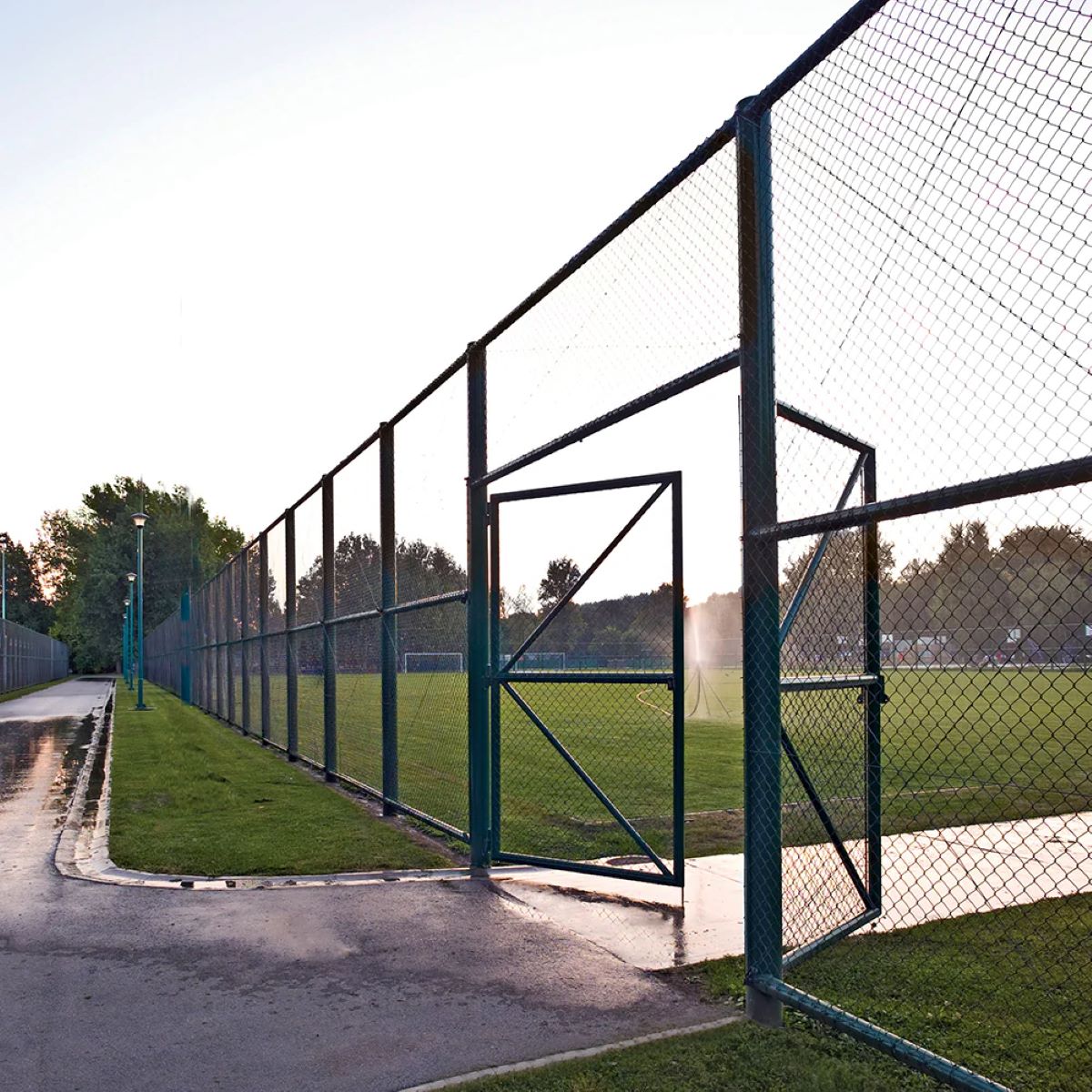
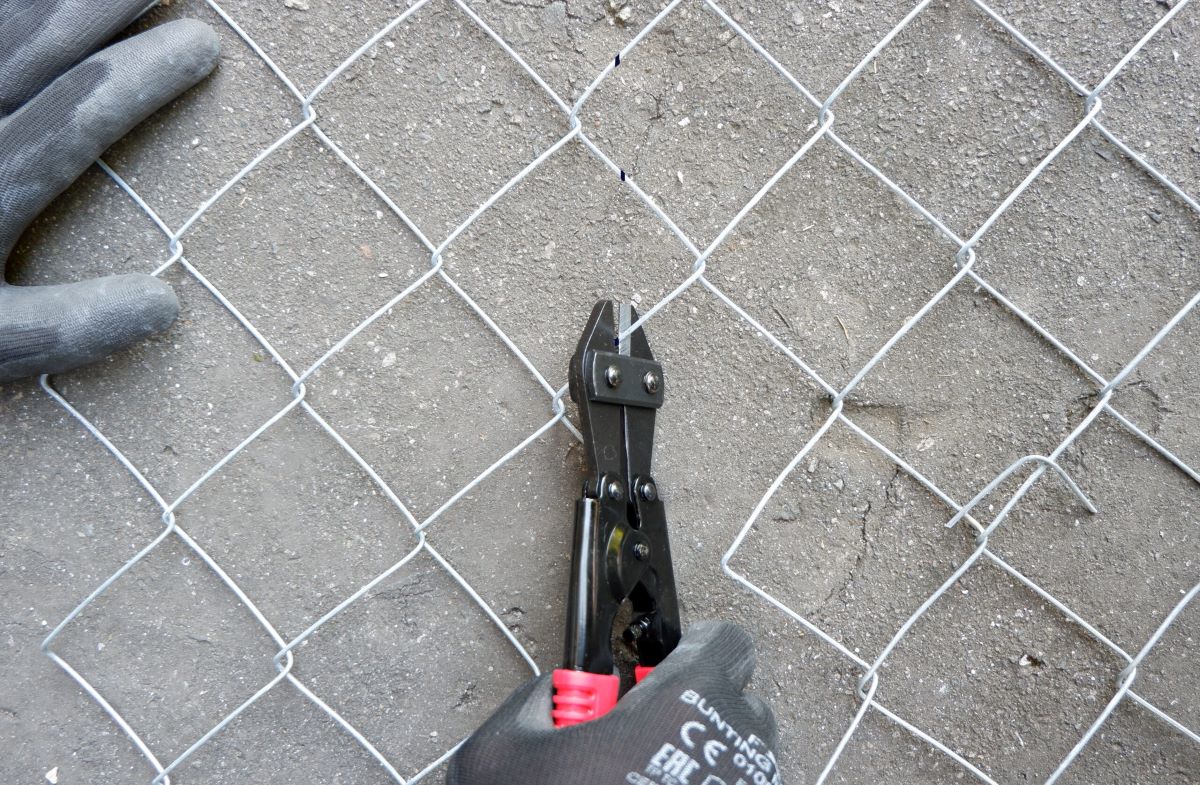
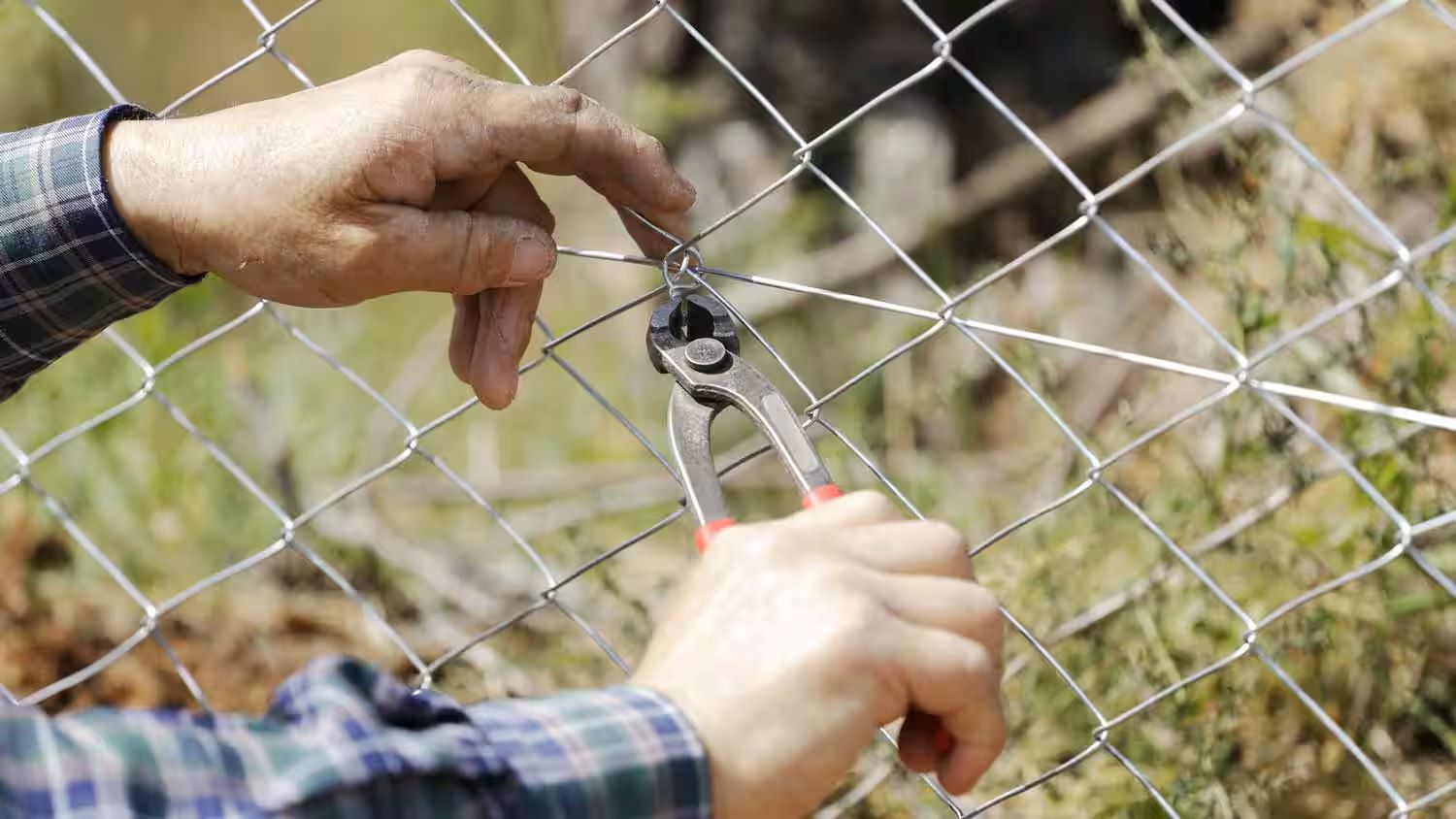
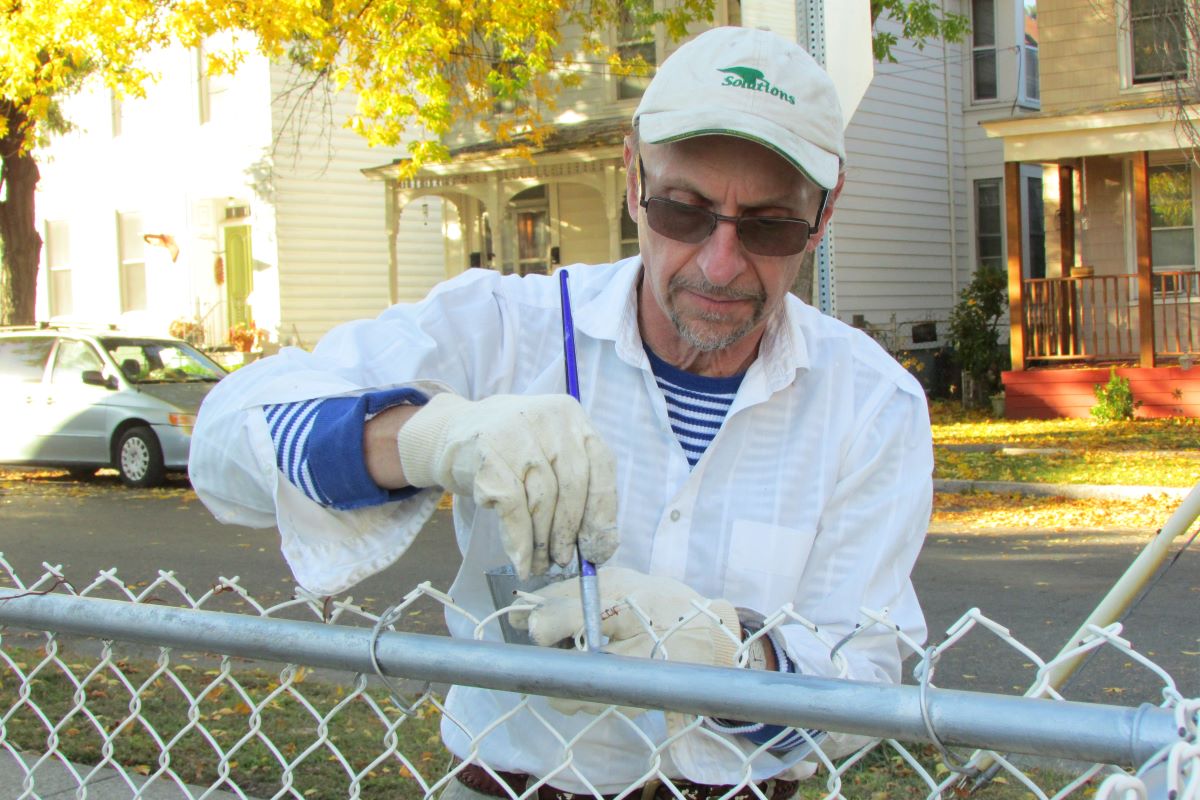
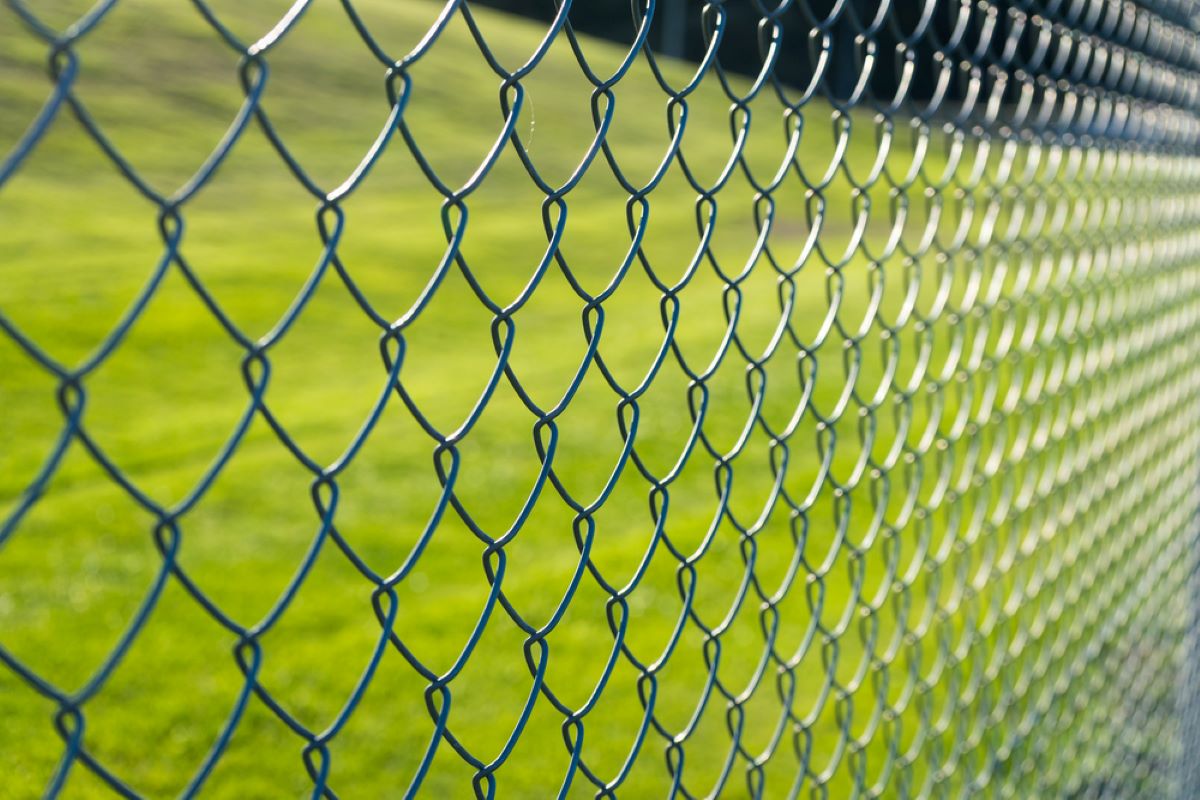
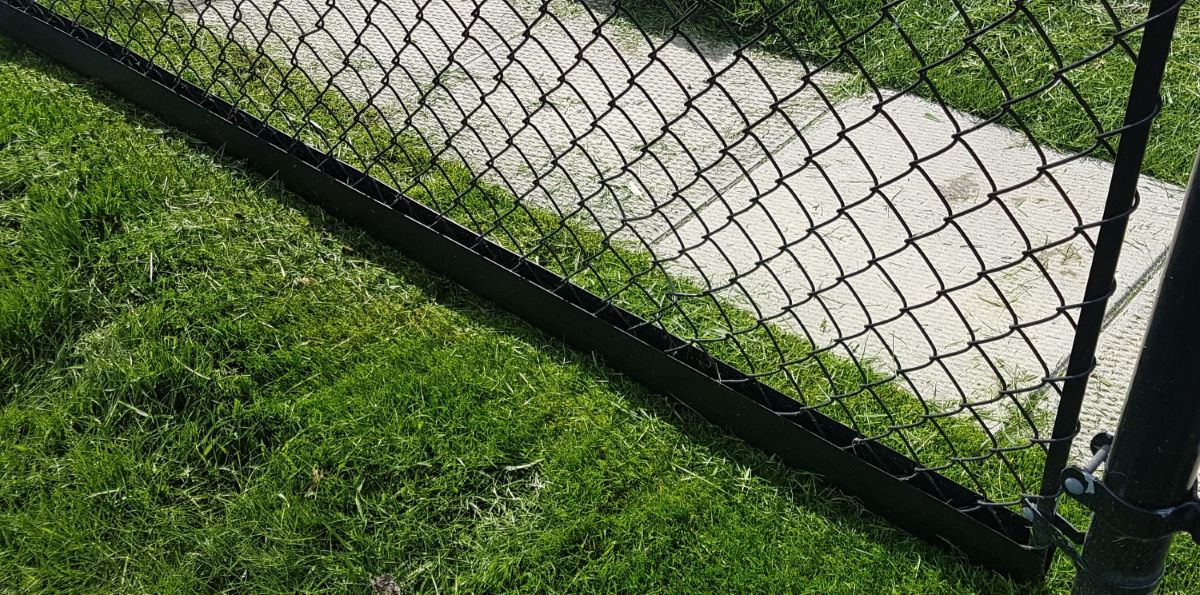
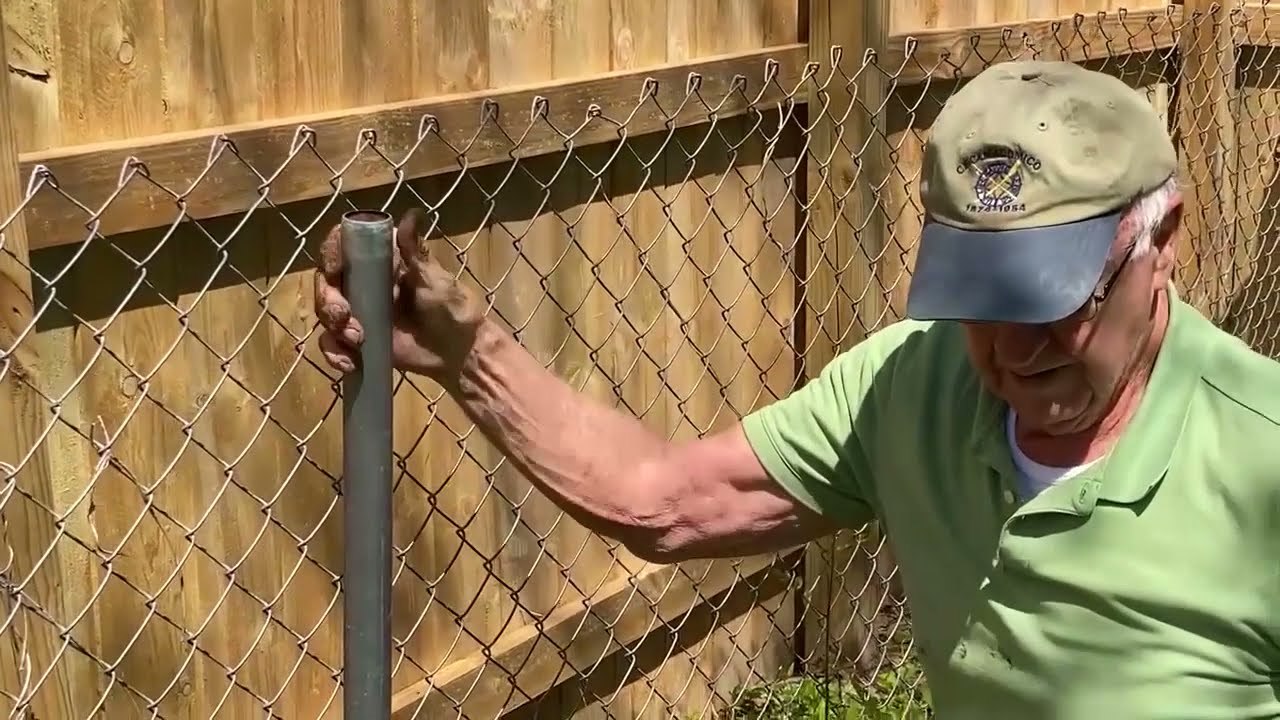
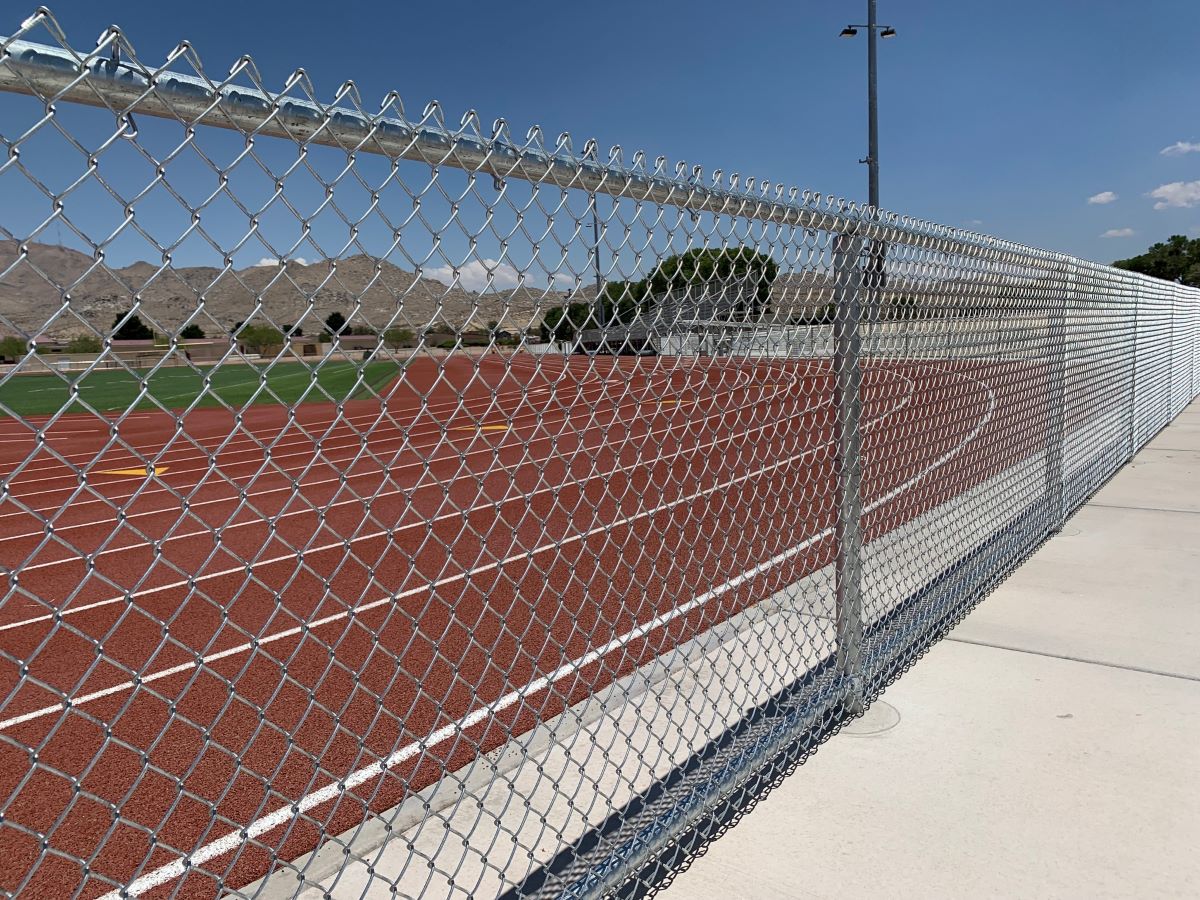
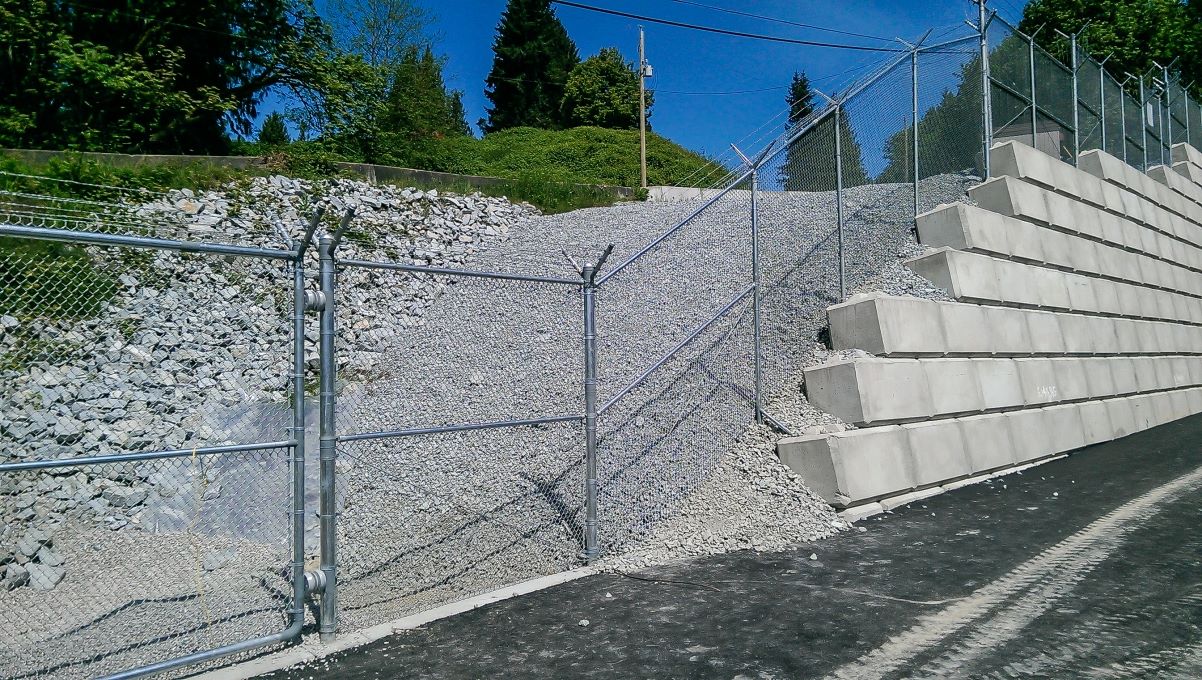
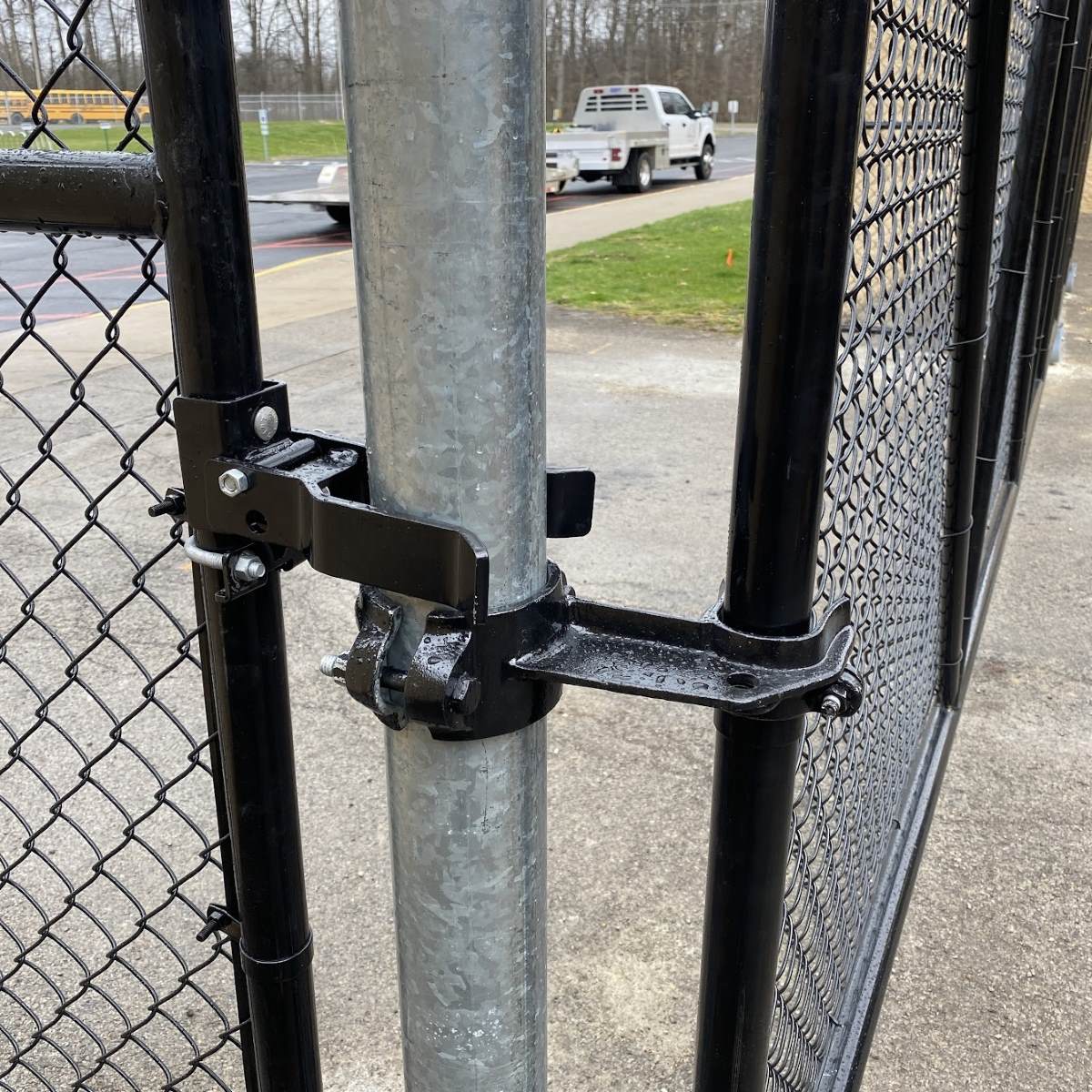
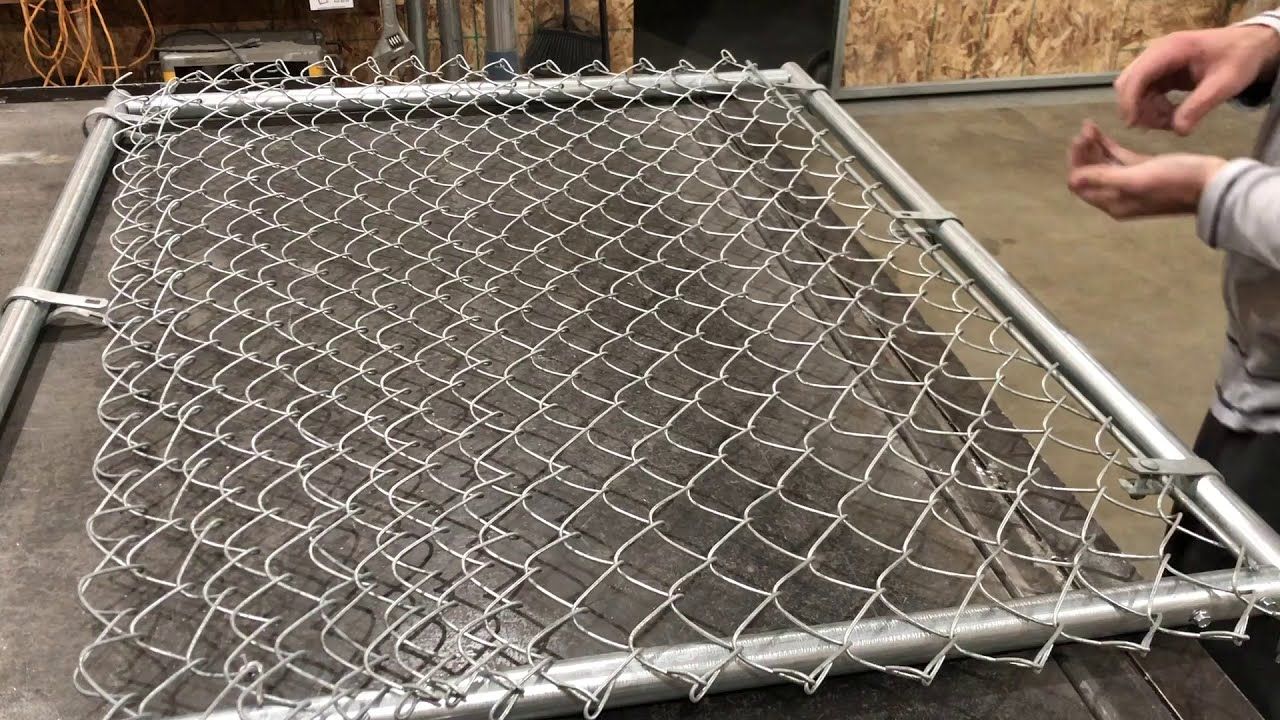
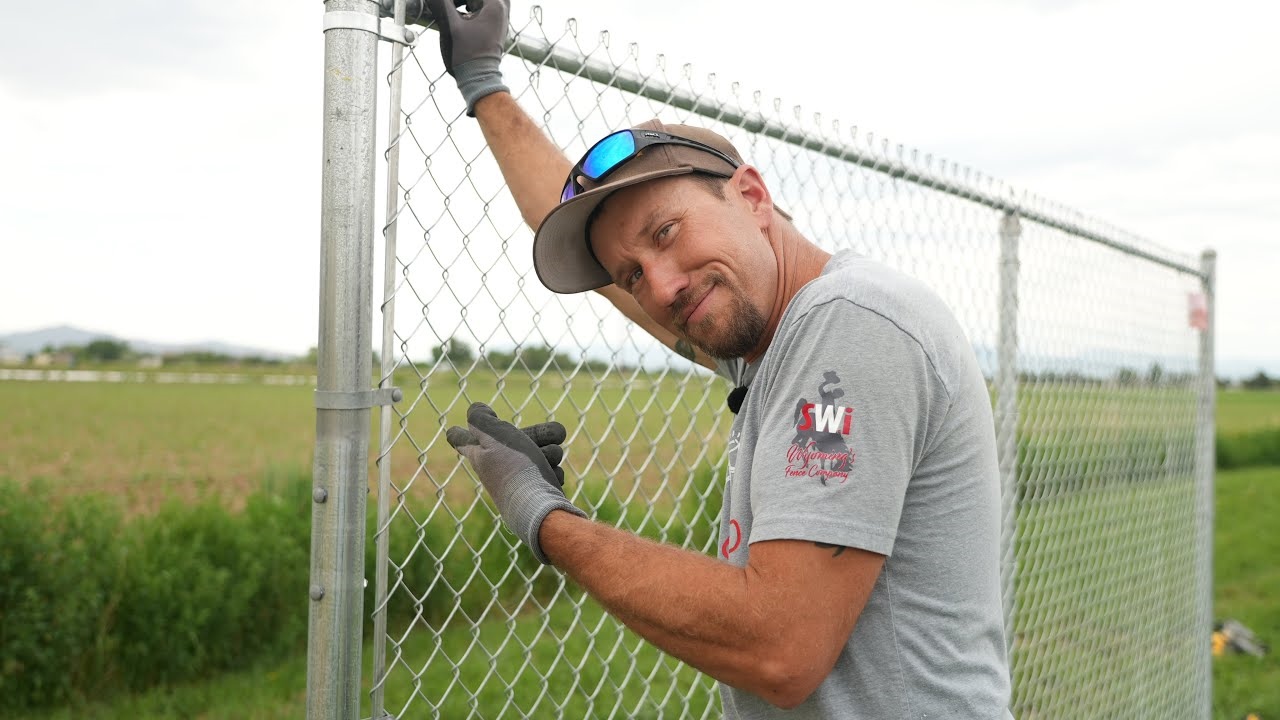
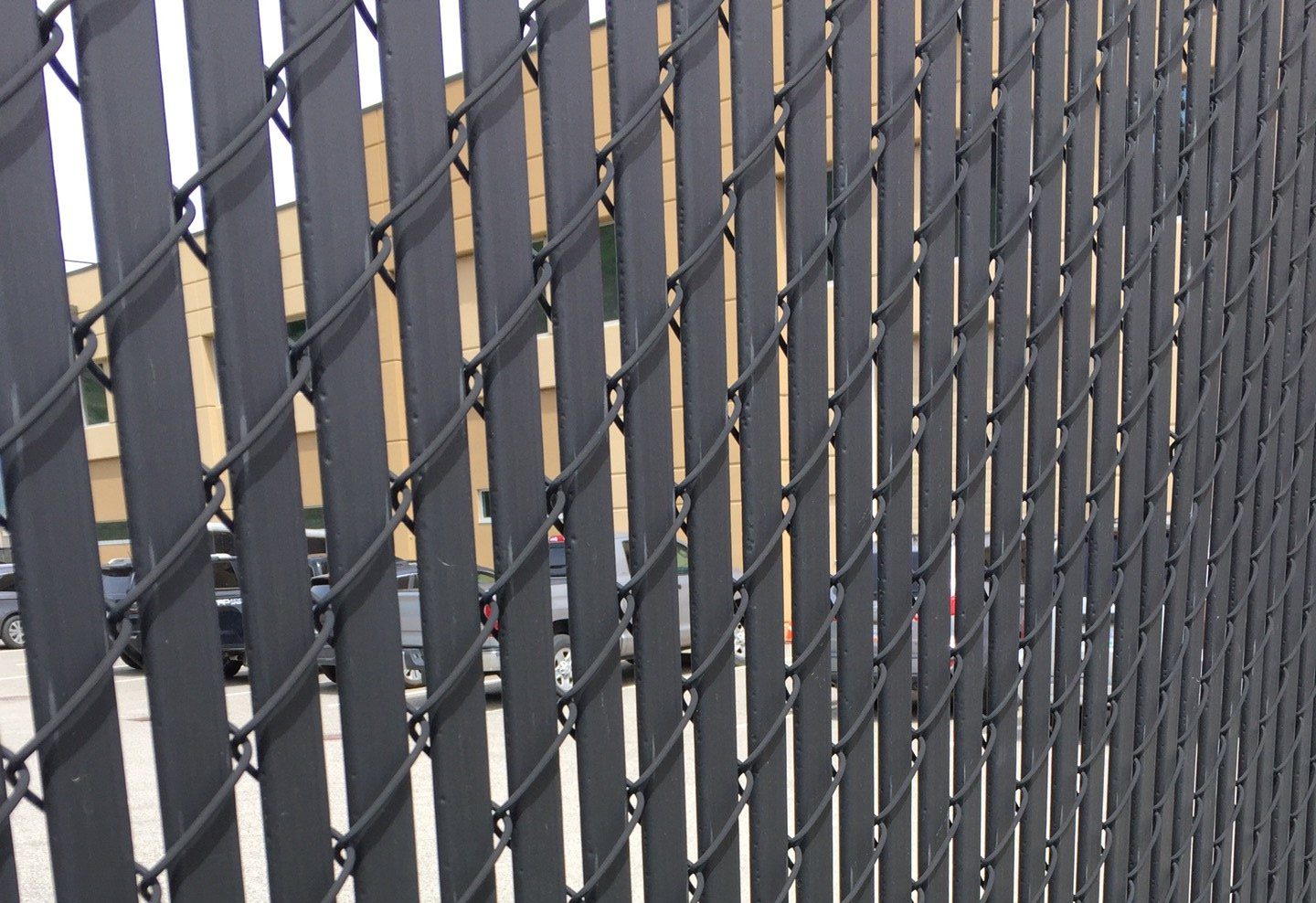

0 thoughts on “How To Stretch A Chain Link Fence”